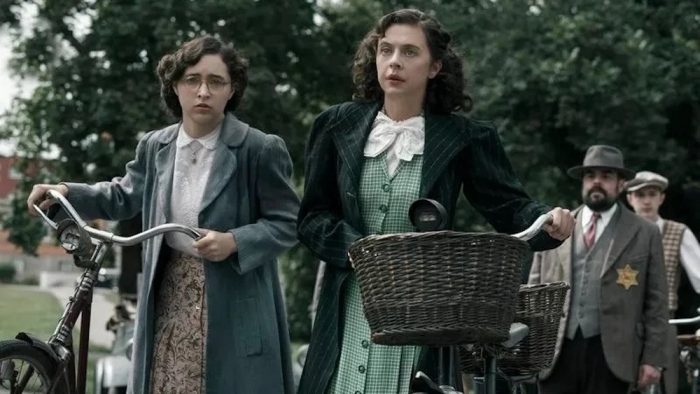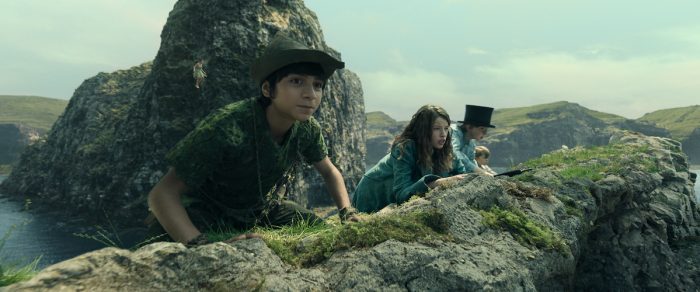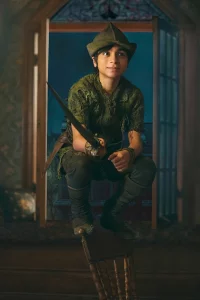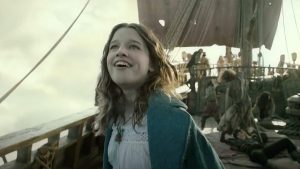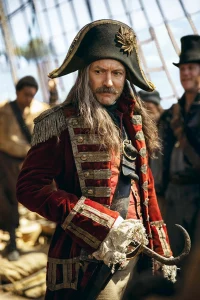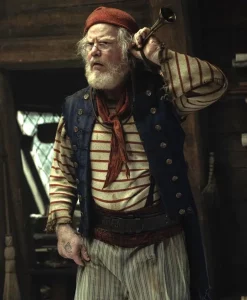Reviewed by Jeffrey Sanzel
The Indiana Jones films are among the most popular blockbusters of all time: beginning with Raiders of the Lost Ark (1981), followed by the prequel Indiana Jones and the Temple of Doom (1984), then Indiana Jones and the Lost Crusade (1989). It was almost twenty years before the fourth chapter was released: Indiana Jones and the Kingdom of the Crystal Skull (2008). This last received the poorest reviews and the weakest response. Stephen Spielberg directed all four films, with Harrison Ford starring as Dr. Henry Walton “Indiana” Jones, Jr., an archeology professor. Worldwide grosses have approached two billion dollars.
In between the third and fourth films, a television series, The Young Indiana Jones Chronicles, followed Jones as a child and youth. Twenty-eight episodes and four made-for-television films ran from 1992 through 1994. In addition, dozens of books, comic books, toys, and other tie-ins surround the Jones icon.

Indiana Jones and the Dial of Destiny opens in the closing days of World War II. Jones faces Nazi adversaries as he attempts to recover the Lance of Longinus. The German officers reveal Hitler believes the relic to contain extraordinary powers that could reverse the course of the war. The Lance is a fake, but Nazi astrophysicist Jürgen Voller has found half of Archimedes’ Dial, an invention of the ancient Syracusan mathematician said to be able to locate fissures in time.
After an extended fight and chase on a train, Voller is killed (spoiler alert: he is not), and half of the Dial is supposedly lost (spoiler alter: it is not). Of course, Jones and sidekick, archaeologist Basil Shaw, survive.
The action jumps from 1944 to July 1969, just after the moon landing. Borderline alcoholic Jones, a passionless professor at New York City’s Hunter College, instructs indifferent students on the eve of his forced retirement. His son, Mutt, died in Viet Nam, and his wife, Marion Ravenwood, left him. Enter his goddaughter, Helena Shaw, Basil’s only child. Helena seeks the Dial, and while Jones had promised the near-insane Basil to destroy it, he preserved it in the college storeroom.
While retrieving it, Jones and Helena are attacked by muscle sent by Voller, now a scientist working for NASA. During this melee, Helena reveals herself to be less a student of archeology and more a mercenary treasure hunter planning to sell the Dial fragment in a Tangiers black-market auction. What ensues is a world-crossing journey, with a plethora of fights and escapes. These—the film’s raison d’être—are slightly cartoonish but grandly, energetically executed. However, they are too long. Much, much too long.
Somewhere along the way, the series traded its signature humor and bold but neatly developed characters for impressive but bloated action sequences: extended chases in narrow streets and open spaces, replete with rooftop leaps, helicopters, planes, motorcycles, and innumerable cars. There is even an escape on horseback through a parade, invading the New York City subway.
With a few exceptions, the body count is composed of expendable characters. The almost bloodless violence borders on heightened slapstick, with square-landed punches usually followed by an attempt at a wry quip. The core villain, Voller, could be straight out of a Hollywood propaganda film; his henchmen are the usual obedient thugs. Helena’s sidekick, Teddy Kumar, vaguely replicates Short Round from the earlier films.
So much of The Dial of Destiny is an homage to Indiana Jones, one through three. While the trio paid tribute to the serials of the 1930s and ‘40s, Dial celebrates the trilogy. As soon as the chords of John Williams’ unmistakable underscore play, Jones saves the day (or at least the moment). But building an entire two hours and twenty minutes on waves of nostalgia comes up, if not empty, certainly less than satisfying. The film’s climax, a bizarre sword-and-sandal sequence, becomes uncomfortably comical and slightly clumsy.
While Ford announced this would be his final performance in the role, he remains in fine form as the curmudgeonly Jones, with his have-hat-and-whip-will-travel presence. He continues making the most incredible situations palatable. (Perhaps the CGI that renders the prologue’s younger Jones is the most extraordinary special effect.)
Phoebe Waller-Bridge creates a quirky, amoral Helena, a great foil for Jones. She infuses the grifter with a mix of noir femme fatale and girl-next-door charm. Mads Mikkelsen’s Voller succeeds as the typically erudite fascist with requisite lip-curling contempt. Ethann Isidore manages to avoid precociousness as Teddy.
The supporting cast play mostly enlarged cameos. Antonio Banderas twinkles as Renaldo, a boat captain. John Rhys-Davies is delightful in his return as Jones’ old friend, Sallah. Toby Jones strikes the right balance between sanity and madness as Basil. Shaunette Renée Wilson gives one of the more dimensional performances as a government agent.
While forging no new ground, those looking for another chapter in the saga will be either disappointed with its failure to compete with the earlier films or delighted with its improvement over the fourth, ill-conceived outing. With exotic locations, Teutonic villains, time travel, giant bugs, eel-filled waters, and enough stolen car chases for a dozen films, Indiana Jones and the Dial of Destiny neither improves nor weakens the franchise.
Disney recently announced that The Dial of Destiny is the final entry. And while not perfect closure, it is good enough to draw the curtain on four decades of epic adventure.
Rated PG-13, the film is now playing in local theaters.

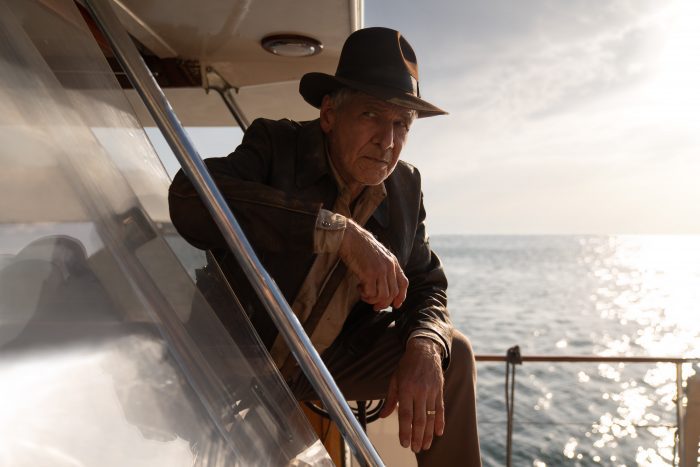


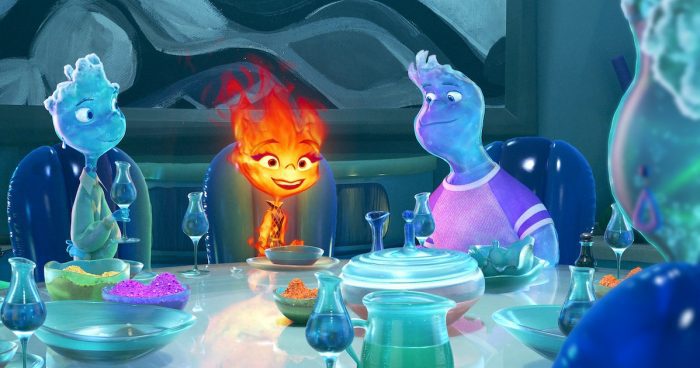
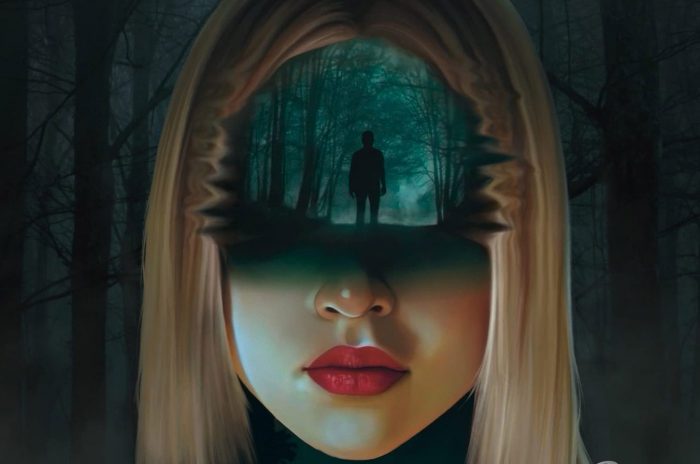

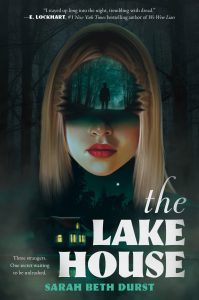 Insightfully—and with no malice—Mariana evaluates Reyva: “My guess: your parents have opinions on what you’re allowed to feel, as well as what you do, and so you respond by controlling what you show the world. Do you want us to think nothing phases you? Fact is, you care a lot, and you’re terrified that someone will realize it and use it against you. Like, you know, I’m doing right now.”
Insightfully—and with no malice—Mariana evaluates Reyva: “My guess: your parents have opinions on what you’re allowed to feel, as well as what you do, and so you respond by controlling what you show the world. Do you want us to think nothing phases you? Fact is, you care a lot, and you’re terrified that someone will realize it and use it against you. Like, you know, I’m doing right now.”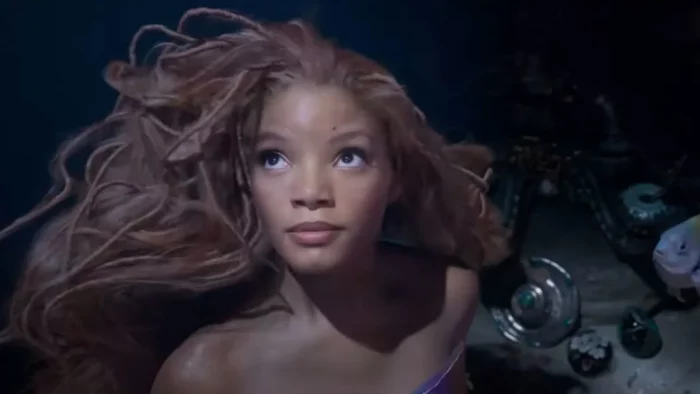
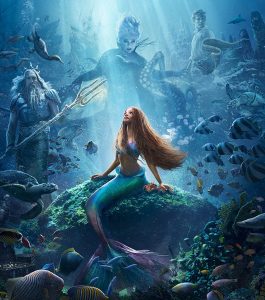 The 2008 Broadway musical, with a book by Douglas Wright, limped through a year-and-a-half run but found more success in regional, community, and school productions. In 2019, The Wonderful World of Disney broadcast The Little Mermaid Live, an interesting hybrid, where the film was projected and interwoven with live musical performances.
The 2008 Broadway musical, with a book by Douglas Wright, limped through a year-and-a-half run but found more success in regional, community, and school productions. In 2019, The Wonderful World of Disney broadcast The Little Mermaid Live, an interesting hybrid, where the film was projected and interwoven with live musical performances.
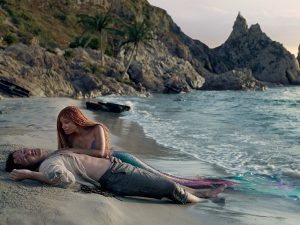

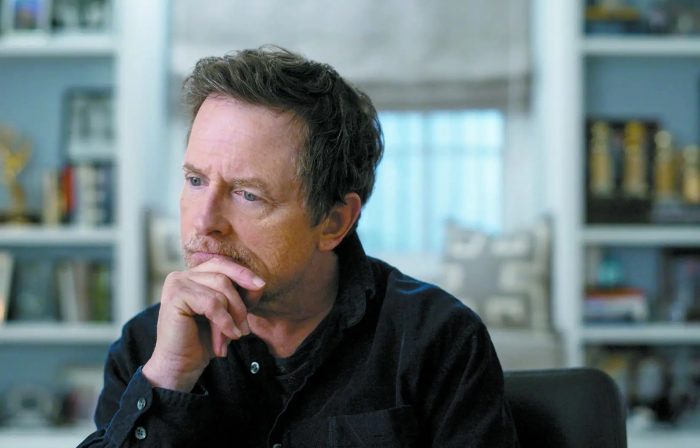



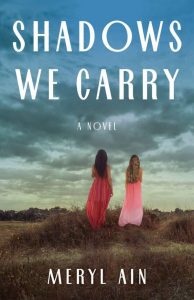 In search of self, Bronka is unsure of her niche. Too intellectually curious to accept a narrow conservative marriage, she is conversely uncomfortable with the free-love, drug-taking hippie element. She constantly faces less than thinly veiled chauvinism and misogyny.
In search of self, Bronka is unsure of her niche. Too intellectually curious to accept a narrow conservative marriage, she is conversely uncomfortable with the free-love, drug-taking hippie element. She constantly faces less than thinly veiled chauvinism and misogyny.